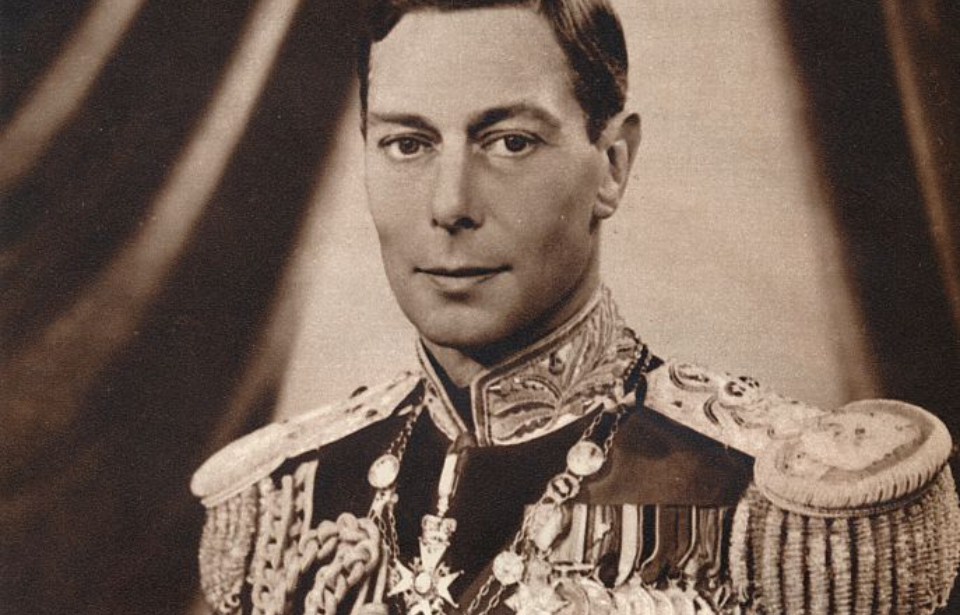The future King George VI – then known as Prince Albert – served in the First World War, an experience that would later influence his leadership during World War II. As a young naval officer, he served with distinction, showing a commitment to duty that came to define his reign. His involvement in various capacities, including aboard a battleship in the Battle of Jutland, afforded him with firsthand experience in warfare and leadership under immense pressure.
Early service in the British military
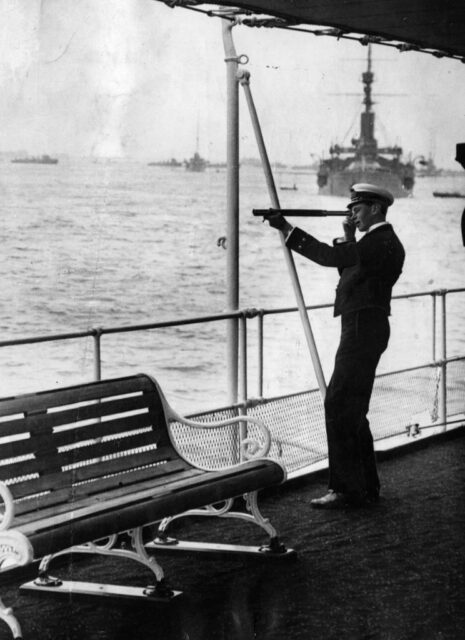
King George VI‘s decision to enlist in the military was influenced by his family’s tradition of service and a desire to prove himself; despite suffering a stammer and health issues, he was determined to serve his nation. He’d enrolled in the Royal Naval College at just 13 and been commissioned a midshipman following training aboard HMS Cumberland (1902).
George was subsequently assigned to HMS Collingwood (1908), aboard which he spent a few months in the Mediterranean. He suffered from sea sickness during this time and at one point had to be airlifted back to Scotland to have his appendix removed.
King George VI and the Battle of Jutland
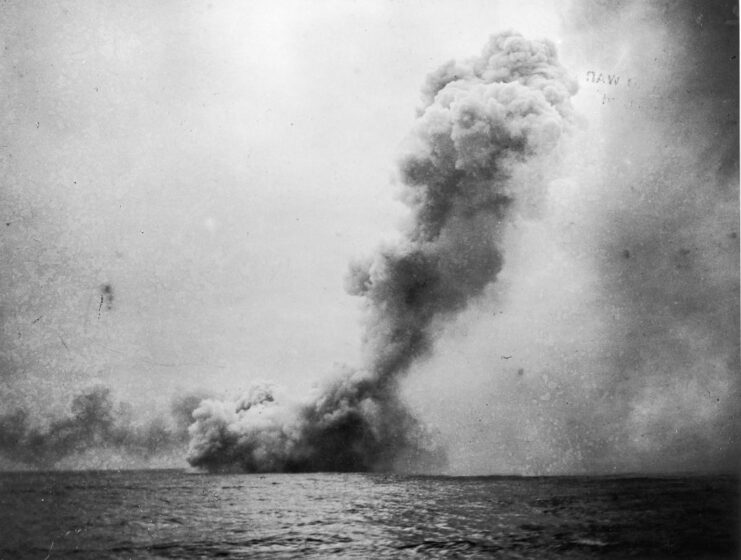
The most notable engagement King George VI participated in was the Battle of Jutland. Taking place off the coast of Denmark’s Jutland Peninsula, it involved the Royal Navy’s Grand Fleet, led by Adm. John Jellicoe, and the Imperial German Navy’s High Seas Fleet under Vice Adm. Reinhard Scheer. Each was seeking control of the North Sea, which was key to securing supply lines and imposing blockades.
The German fleet managed to lure part of the British one into a trap, resulting in several ships being destroyed. However, as the full force of the Grand Fleet arrived, the tables turned. Unfortunately, despite their numbers, communication and coordination issues prevented the British from delivering a decisive blow, allowing the High Seas Fleet to retreat under the cover of night.
George’s experience at the Battle of Jutland as a turret officer aboard HMS Collingwood, was a formative moment for the future king of England. He wrote down what he experienced that day, including a particular moment that startled him:
“I was in A turret and watched most of the action through one of the trainers telescopes, as we were firing by Director, when the turret is trained in the working chamber and not in the gun house. At the commencement I was sitting on the top of A turret and had a very good view of the proceedings.
“I was up there during a lull, when a German ship started firing at us, and one salvo ‘straddled’ us. We at once returned the fire. I was distinctly startled and jumped down the hole in the top of the turret like a shot rabbit!! I didn’t try the experience again.”
Further wartime service
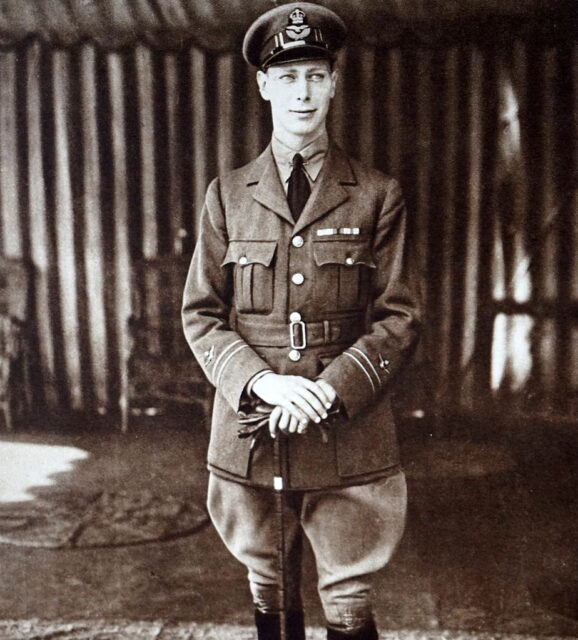
Toward the end of World War I, King George VI served with the Royal Naval Air Service. He was appointed Officer in Charge of Boys, then Officer Commanding No 4 Squadron of the Boys’ Wing, at the training establishment in Cranwell, and remained with the service until the formation of the Royal Air Force (RAF).
Upon transferring to the RAF, George was assigned to the staff of the Cadet Brigade at St Leonards-on-Sea and Shorncliffe. After two weeks of training, he became a qualified pilot – the first in the British Royal Family – and took command of a squadron within the Cadet Wing.
While hard at work in Britain, George wanted to do more for the war effort and requested deployment to mainland Europe. He was subsequently assigned to Gen. Hugh Trenchard’s staff in France. He remained in France for the rest of the conflict, before returning to Britain, where he received his pilot’s certification under the RAF and was promoted to the rank of squadron leader.
How did King George VI’s wartime experiences shape him?
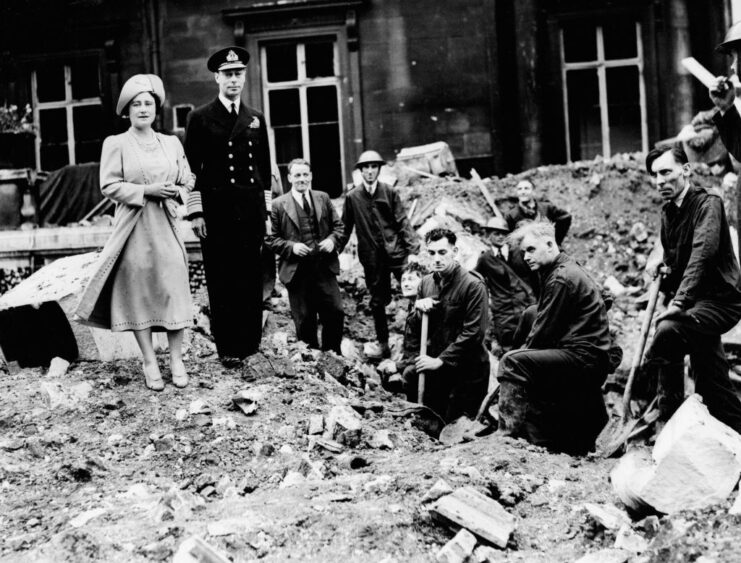
King George VI’s experiences in World War I had a major impact on his leadership style during World War II. Having faced the horrors of war firsthand, he was empathetic to the struggles of his countrymen during the conflict. His service taught him the importance of resilience and morale, lessons he applied when he opted to remain in London, United Kingdom, during the Blitz.
More from us: Princess Mary Crowdfunded Personalized Gifts for Soldiers Serving On the Western Front
Want to become a trivia master? Sign up for our War History Fact of the Day newsletter!
George’s wartime experiences also shaped his relationships with both military leaders and politicians, and his understanding of military strategy and the challenges faced by servicemen earned him the respect of figures like British Prime Minister Winston Churchill. Their partnership was crucial during the conflict, as George was unwavering in his support of Churchill’s government, boosting national morale through his public appearances and speeches.
